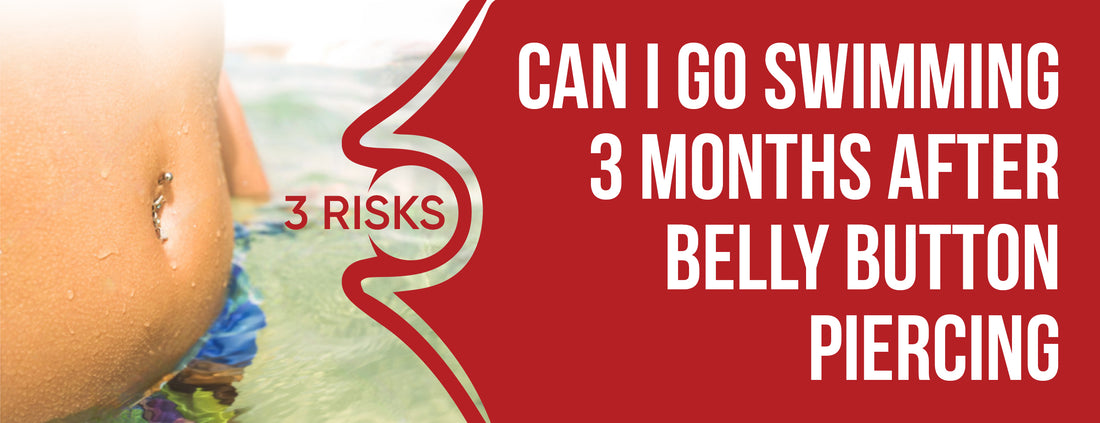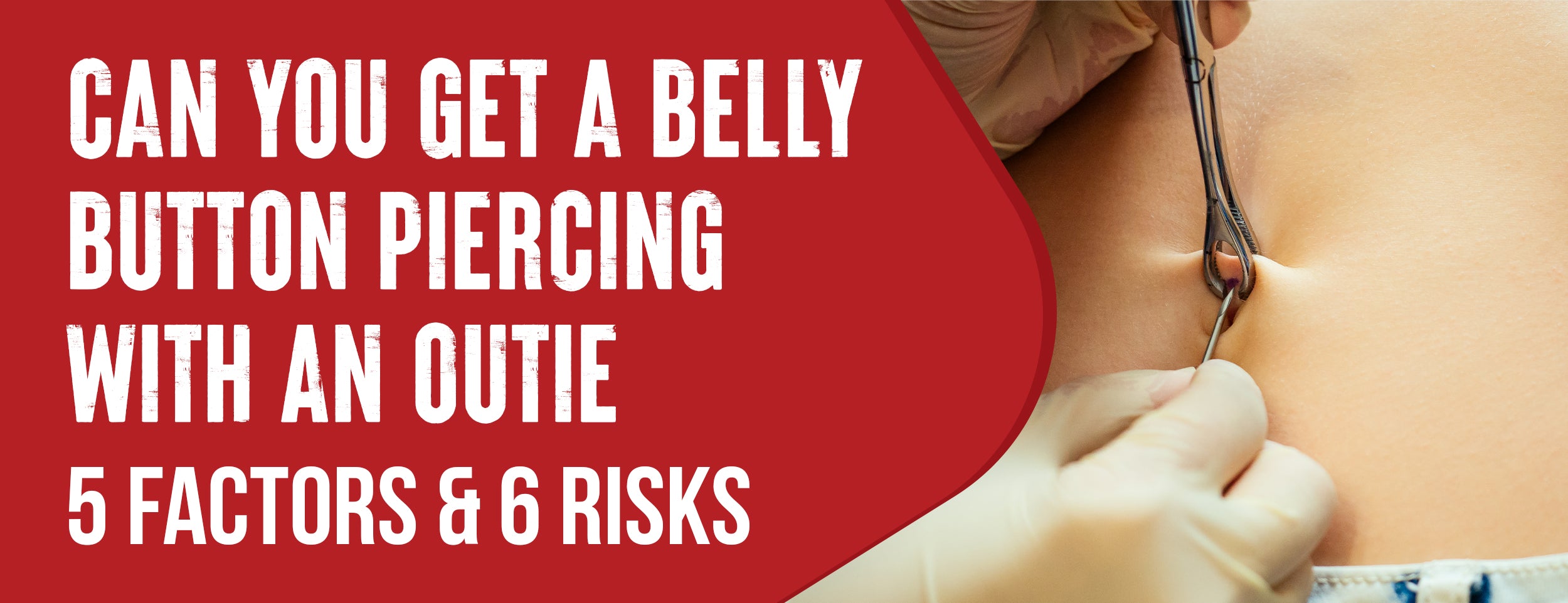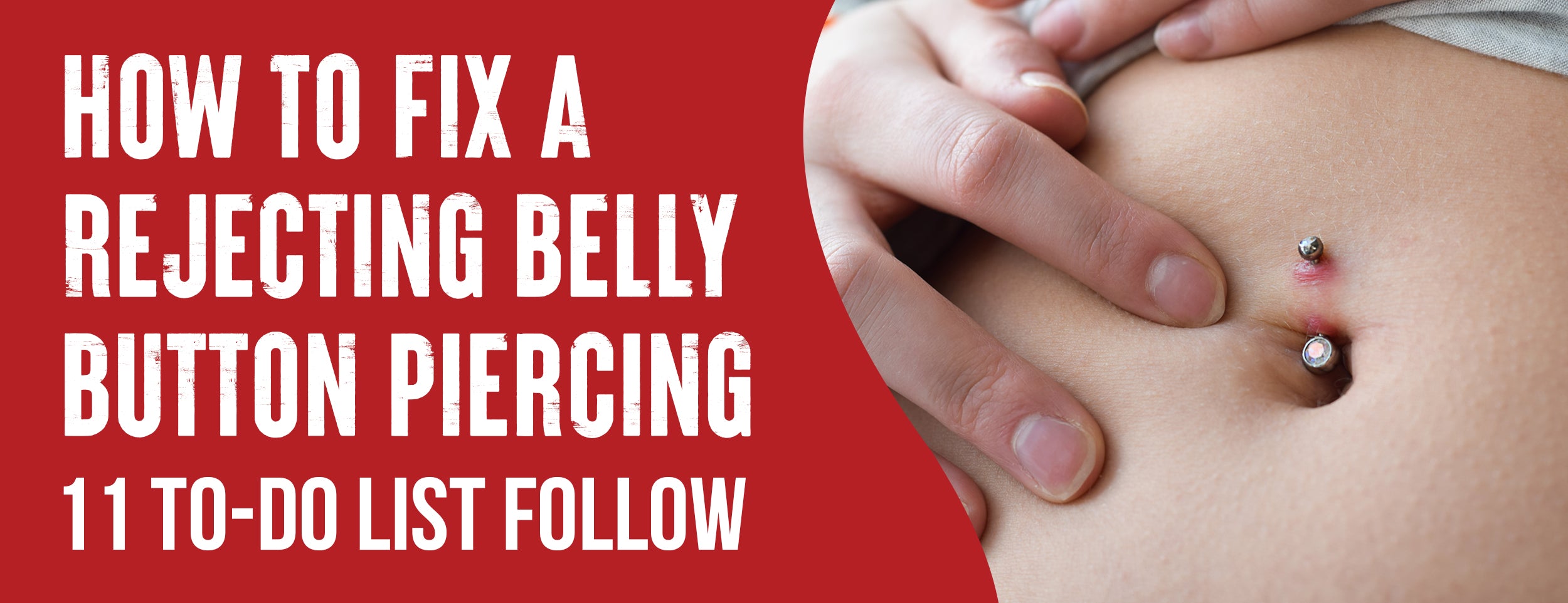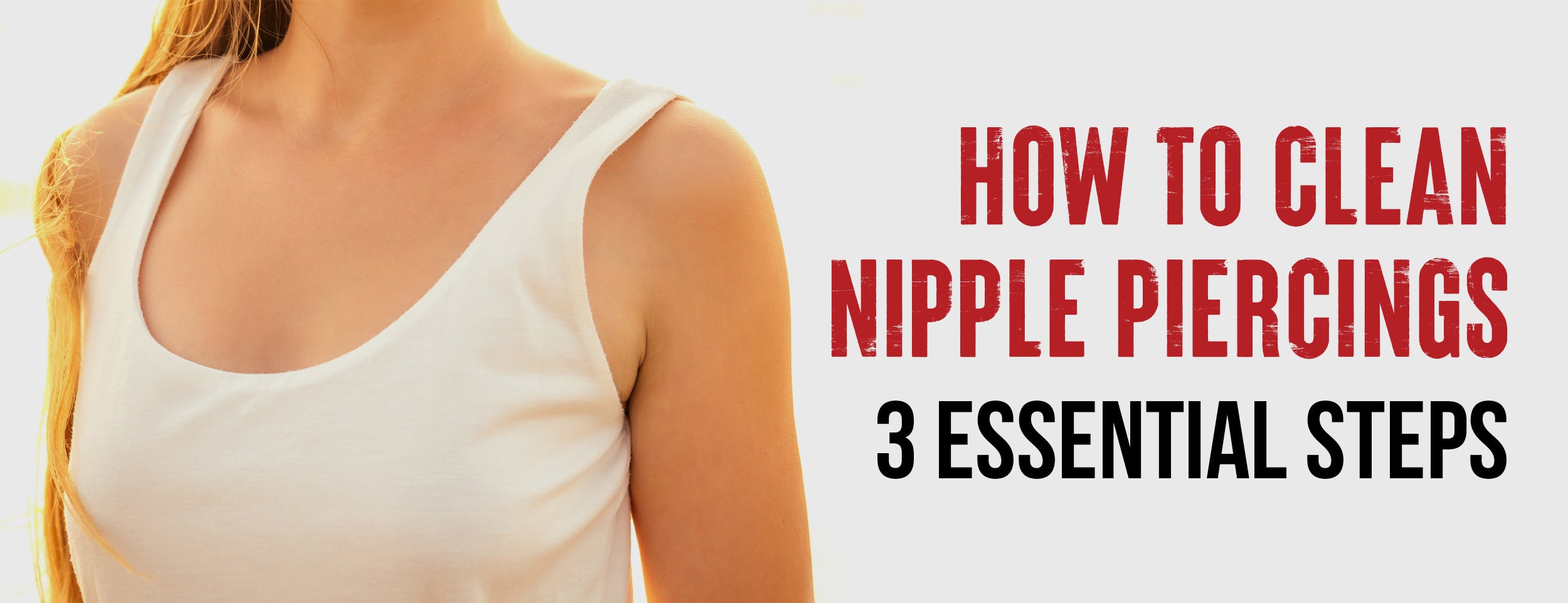You should avoid swimming in pools while your piercing heals since infections can be picked up from any body of water. We've got streams, lakes, rivers, and the ocean.
No, it is not recommended to go swimming in a pool 3 months after getting a belly button piercing.
Wait for the piercing to heal fully, which can take up to 6 months, to avoid potential complications or infections. Prioritizing the healing process and following your piercer's instructions is essential.
In this blog post, we'll explore the journey from piercing parlor to poolside, discussing everything from the risks of swimming too soon to signs that your piercing has healed enough to get back in the water.
Can I Go Swimming 3 Months After Belly Button Piercing: The Risks

The idea of diving into the water after piercing your belly button may sound refreshing, but there are certain risks involved. We will discuss these potential dangers and chlorine and saltwater's role in the healing process.
Risks of Swimming After Piercings
Swimming too soon after piercing your belly button can expose your fresh wound to multiple hazards. Understanding these risks is crucial to ensure a safe and healthy healing process. Here are some potential dangers:
- Infection: Pools, oceans, and hot tubs often teem with bacteria. Immersing your new piercing in such environments might increase your risk of disease.
- Irritation: Water, especially chlorinated water from swimming pools, may irritate and delay the healing of your piercing.
- Delayed Healing: Engaging in strenuous activities like swimming might cause trauma to the piercing site, leading to delayed healing.

Healing or Damaging Piercings with Chlorine and Saltwater
While chlorine and saltwater have roles in wound care, their effects on new piercings differ.
- Chlorine: Commonly found in swimming pools, chlorine is a strong disinfectant. It could be more friendly to new piercings. Dryness and irritation can occur around the piercing, potentially delaying healing.
- Saltwater: Natural saltwater, like that in the ocean, can help cleanse wounds. It's also home to various microorganisms that could pose a risk to your new piercing. A sterile saline solution (a mixture of salt and water) is often recommended for cleaning fresh piercings.
Remember, your health and safety should always be your priority. It's advisable to consult with a professional piercer or healthcare provider before deciding to swim with your belly button.
Swimming with a New Belly Button Piercing: Precautions Tips
With a belly button piercing, you might itch to go for a swim. It is essential to take certain precautions to protect your new piercing and ensure it heals appropriately. We will discuss waterproof bandages in this section and how to clean your swimsuit after swimming.
Waterproof Bandages and Their Effectiveness
If you decide to swim after a belly button piercing, one standard protective measure is using a waterproof bandage. Let's explore how effective this method can be:
- Barrier Against Bacteria: Waterproof bandages create a physical barrier between your piercing and the water, helping to keep out harmful bacteria.
- Limited Time: While these bandages can be effective, they could be more foolproof. They may lose their adhesive property over time, especially in water, exposing your piercing.
- Not a Complete Solution: It's crucial to note that while waterproof bandages can provide some protection, they cannot eliminate the risk of infection or irritation.
Cleaning Routines Post-Swimming
Maintaining a thorough cleaning routine after swimming is vital in preventing potential complications with your new belly button piercing. Here are some steps to follow:
- Immediate Cleaning: When you're done swimming, clean your piercing with a saline solution to remove any potential contaminants.
- Regular Cleaning: Continue cleaning your piercing at least twice daily until it's fully healed. Bacteria are prevented from building up this way.
- Avoid Harsh Products: Avoid alcohol-based cleansers or hydrogen peroxide, as they can delay healing by drying out your skin.
Remember, while swimming after piercing is possible with precautions, it's always best to consult a professional piercer to thoroughly understand the risks and measures. Safety should always come first regarding the care and healing of your new piercing.
Swimmable After Belly Button Piercing: Signs for Ready

When can you dive back into the water after getting your belly button pierced? You will learn to determine if your piercing is healed enough to swim in this section.
The Best Way to Check if Your Piercing Has Healed
It's essential to wait until your belly button piercing is fully healed before going for a swim. Here are some signs that your piercing might be ready:
- No Redness or Swelling: The skin around the piercing should look like your normal skin tone, not red or swollen.
- No Discharge: No discharge or crust should be around the piercing area.
- No Pain: The piercing should not hurt when touching or moving the jewelry.
- Time: On average, belly button piercings take 6 to 12 months to heal completely. If it's been less than this, it's likely not fully healed.
Advice from Professionals
Before taking the plunge, it's always wise to seek professional advice. Expertise and experience can be used to provide guidance:
- Piercer's Opinion: Your piercer has likely dealt with hundreds of piercings and knows what signs to look for in a healed piercing. Their advice can be invaluable.
- Medical Consultation: If you have any doubts or concerns, consult a healthcare provider. They can examine your piercing and give you a clear idea of whether it's safe to swim.

Conclusion
Swimming with a pierced belly button is all about timing and proper care. It isn't an outright 'no' but rather a waiting period. The risks are real, from infections to prolonged healing times, especially if you dive in too soon.
But with the proper precautions, such as using waterproof bandages and maintaining a rigorous cleaning routine post-swimming, you can enjoy the water without compromising your piercing's health.
Remember to listen to the professionals and heed their advice. Swimming after three months is generally safe, but everyone's body is different. So, take your time, trust your body, and splash when the moment is right.












